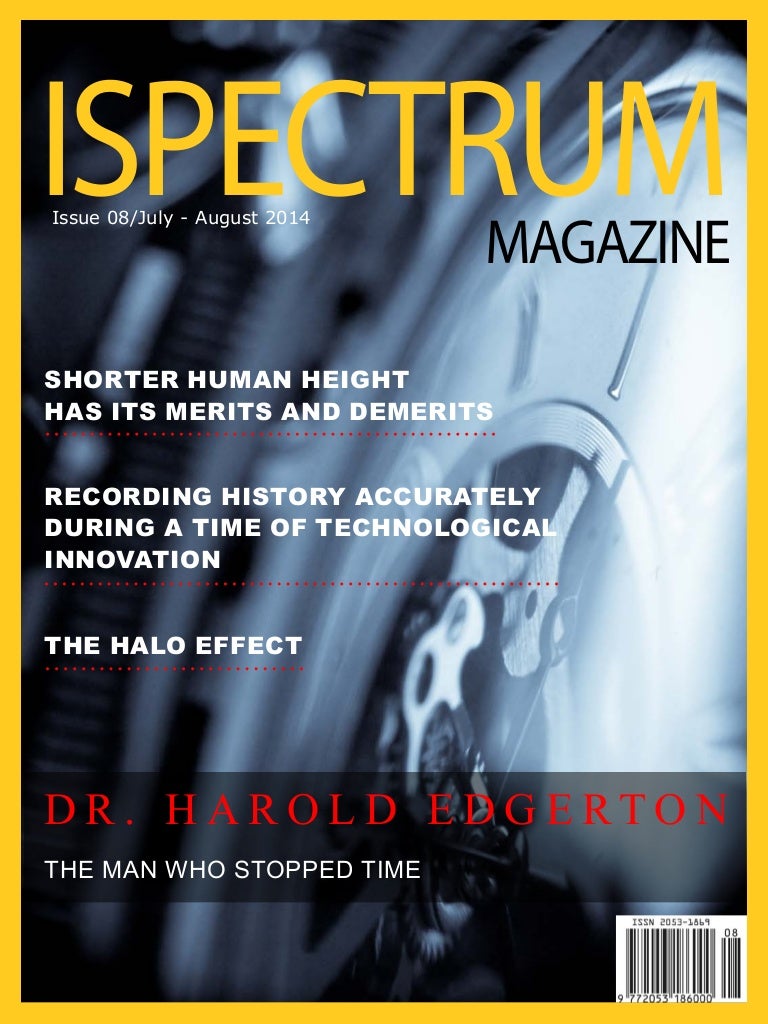

Mathematical models are increasingly used to predict the behaviours of molecular circuits. Among them, it is of great interest to understand how associative learning is formed at the molecular circuit level. In particular, the design and study of gene regulatory networks in vitro, in vivo, and in silico have played an increasingly indispensable role in understanding and controlling biological phenomena. The development of synthetic biology has enabled massive progress in biotechnology and in approaching research questions from a brand-new perspective.
Companion journals for Sensors include: Chips, Automation, JCP and Devices. Testimonials: See what our editors and authors say about Sensors. Sections: published in 25 topical sections. Recognition of Reviewers: reviewers who provide timely, thorough peer-review reports receive vouchers entitling them to a discount on the APC of their next publication in any MDPI journal, in appreciation of the work done. To publication is undertaken in 2.8 days (median values for papers published in Rapid Publication: manuscripts are peer-reviewed and a firstĭecision provided to authors approximately 16.2 days after submission acceptance. Journal Rank: JCR - Q2 ( Instruments & Instrumentation) / CiteScore - Q1 ( Instrumentation). High Visibility: indexed within Scopus, SCIE (Web of Science), PubMed, MEDLINE, PMC, Embase, Ei Compendex, Inspec, Astrophysics Data System, and other databases. #Ispectrum magazine citing free#
Open Access- free for readers, with article processing charges (APC) paid by authors or their institutions. Sensors is published semimonthly online by MDPI. The Polish Society of Applied Electromagnetics (PTZE), Japan Society of Photogrammetry and Remote Sensing (JSPRS), Spanish Society of Biomedical Engineering (SEIB) and International Society for the Measurement of Physical Behaviour (ISMPB) are affiliated with Sensors and their members receive a discount on the article processing charges. Nonetheless, rapid antigen testing quickly identifies positive among those with symptoms and/or close contact exposure and could expedite isolation and treatment.Is the leading international, peer-reviewed, open access journal on the science and technology of sensors. 
BinaxNOW has high accuracy among symptomatic individuals and is below the FDA threshold for emergency use authorization in asymptomatic individuals. Specificity was greater than 99% for all groups. Sensitivity was 82% (95% CI 66%, 91%) for asymptomatic individuals with potential exposure and 64% (95% CI 51%, 76%) for those with no exposure. It was higher in symptomatic (87% 95% CI 80%, 91%) than asymptomatic (71% 95% CI 61%, 80%) individuals. Overall test sensitivity compared with reference laboratory reverse-transcription PCR testing was 81% (95% confidence interval 75%, 86%). Most (89%) were asymptomatic, of whom 17% reported potential exposure.

Participants were grouped by self-reported COVID-19 exposure and symptom status. We describe our implementation and assess performance of the BinaxNOW COVID-19 Antigen Test (Abbott Laboratories) in 6,099 adults at a self-referred walk-up testing site.

Rapid antigen tests are simple to perform and provide results within 15 min.








 0 kommentar(er)
0 kommentar(er)
